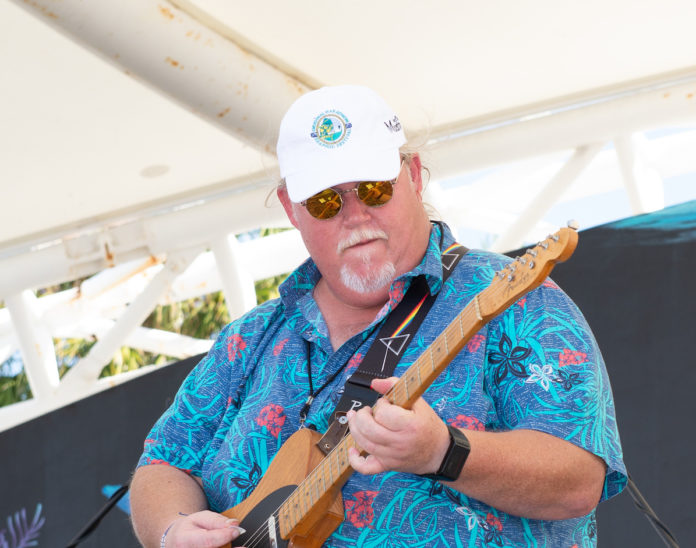My family had left the Space Coast just before Apollo 11; my father was a launch team leader and engineer on the Apollo/Saturn IB program. He saw the eventual winding down of Apollo and the space program; not wishing to be part of a glut of unemployed aerospace engineers, he found a job elsewhere and left the Cape while he could still sell our family’s house. His last launch was Apollo 7 in 1968.
I was used to watching Apollo/Saturn launches from my backyard on Merritt Island. I had to settle for watching Apollo 11 on our new console color TV in South Carolina. But I can remember watching those blurry black and white images being beamed directly from the moon to our den, while many millions of us on Earth watched with amazement and pride.
The American ideal has always meant striving for great things. When President John F. Kennedy committed the United States to land a man on the moon before the end of the decade in an address to Congress in 1961, I’m not sure how many believed it was possible. But no one believed a ragtag bunch of primitive colonials could take on the Army of the British Empire in 1776 either.
Take them on, they did. (Someone recently called our Revolution the first Brexit.) When British General Lord Cornwallis surrendered in October of 1781, a nascent nation began to form. By 1789, the United States of America were established by the U.S. Constitution, our first legislature and executive were elected, and the concepts of freedom and independence those founders cherished we still hold dear today.
Starting out with only flintlocks, muskets and horse-drawn carriages, our nation developed the technology needed to expand westward. The steam locomotive and railroads made relatively swift transcontinental transportation possible. The automobile and highway systems made the continent even more accessible. And the advent of the airplane made America smaller still.
So when space became the New Frontier in the late 1950s, it shouldn’t have been a total surprise that America would rise to the challenge. The United States had a worthy and capable adversary in the Soviet Union; they orbited the first satellite (Sputnik) and put the first man into space (Yuri Gagarin) and the first woman into space as well (Valentina Tereshkova). A Soviet cosmonaut performed the first spacewalk. America was behind.
Several technological advances during Project Gemini (including the first successful orbital rendezvous between two spacecraft) brought the United States back. The Saturn IB and Saturn V rockets were developed and readied. In the rush to achieve, however, disaster struck.
The plugs-out launch pad test and flash fire that killed the Apollo 1 crew in January of 1967 was a major setback. Virgil I. “Gus” Grissom, Ed White, and Roger B. Chaffee perished when an electrical short circuit ignited a fire that rapidly burned in a pure oxygen atmosphere. The Apollo Command Module needed a major redesign, and it was looking like the U.S. might not make the moon before the end of the decade.
NASA engineers and contractors got to work, and the redesigned Block II Apollo spacecraft made its first flight on Apollo 7. Having passed its test flight with flying colors, Apollo began moving rapidly. Apollo 8 orbited the moon, Apollos 9 and 10 tested the lunar module in Earth and lunar orbits, and 50 years ago this month, Apollo 11 carried Neil Armstrong and Buzz Aldrin to the moon’s surface on the Sea of Tranquility (Michael Collins stayed behind on the Command Module).
We went back to the moon five more times, the last visit being Apollo 17 in December 1972. The remaining Apollo/Saturn combinations were used in Skylab and the Apollo/Soyuz Test Project.
50 years on, there’s lots of talk of returning to the moon, possibly as early as 2024. I doubt that’s going to happen. We reached the moon in the 1960s using slide rules and very primitive computers … and the national will (and funding) to do so. While our technology is light years ahead of what it was then, I’m not sure the will is there.
Still, I’d love to see it happen…






















